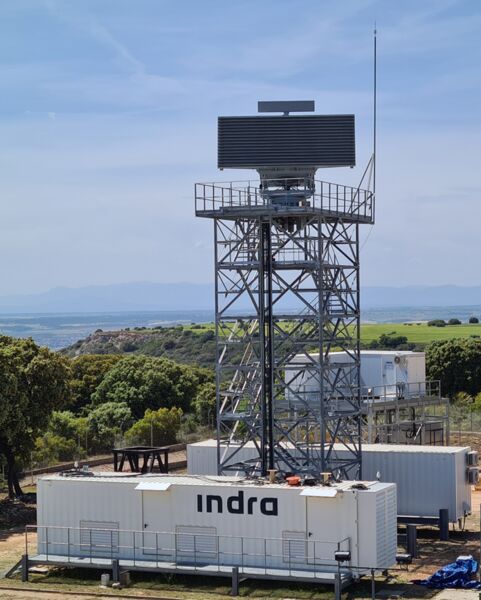
Indra will deliver three Lanza-N 3D radars to the Indian Navy in collaboration with its Indian partner company, TASL. The first of these radars has been delivered and is being installed on an Indian Navy destroyer. TASL is expected to build 20 more Lanza-N radars in India based on technology transfers from Indra. (Indra)
Spanish company Indra has begun delivery of the naval version of its Lanza 3D surveillance radar to the Indian Navy, in collaboration with its Indian partner company, Tata Advanced Systems Limited (TASL).
Indra said on 17 May that it will supply three Lanza-N 3D radars to the Indian Navy, the first of which has been delivered and is being installed on a naval vessel.
The production of the second and third radars has started, and they are expected to pass the factory acceptance tests in 2023, Indra added.
Indra said it will also supply the “core elements” of the Lanza-N to TASL, which will build 20 more of these radars in India and integrate them on multiple Indian Navy vessels.
“[Indra will provide] an additional reference radar to support this technology transfer during the additional maintenance period of 12-and-a-half years,” the company said.
The deliveries are part of a contract signed between Indra and TASL in 2020 to initiate a technology transfer, following a INR12 billion (USD145.2 million) contract secured by the latter from the Indian Ministry of Defence (MoD) in 2019 to supply 23 shipborne 3D air-surveillance radars to the Indian Navy by 2029.
Indra said that the Lanza-N radar being supplied for the Indian Navy vessels is based on the one fitted onto the Spanish Navy's Juan Carlos I
Looking to read the full article?
Gain unlimited access to Janes news and more...
